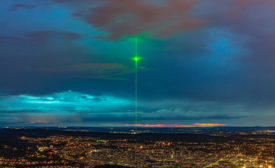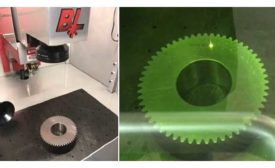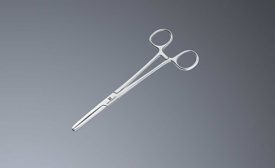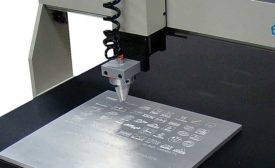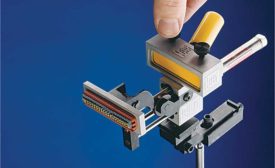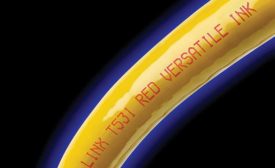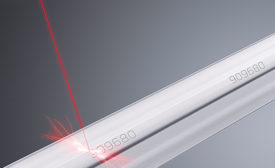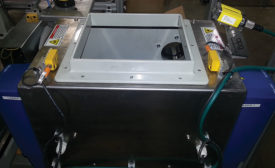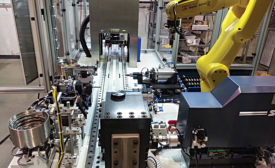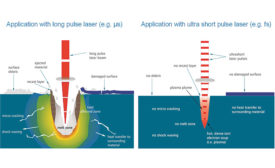Home » Keywords: » laser marking
Items Tagged with 'laser marking'
ARTICLES
Marking Metal Parts With Precision
Manufacturers have several options for precisely marking metal parts.
August 6, 2018
Code Marking Considerations
Production volume, durability, substrate and total cost of ownership are among many factors to consider when choosing a part marking technology.
December 12, 2017
Options for Marking Wire and Cable
Lasers and continuous ink-jet printers create clear, long-lasting marks on wire and cable.
April 12, 2017
Lasers for Marking Parts
When the application calls for a high volume of parts to be permanently marked, a laser-based system is the best choice.
August 4, 2016
Never miss the latest news and trends driving the manufacturing industry
Stay in the know on the latest assembly trends.
JOIN TODAY!Copyright ©2025. All Rights Reserved BNP Media.
Design, CMS, Hosting & Web Development :: ePublishing
